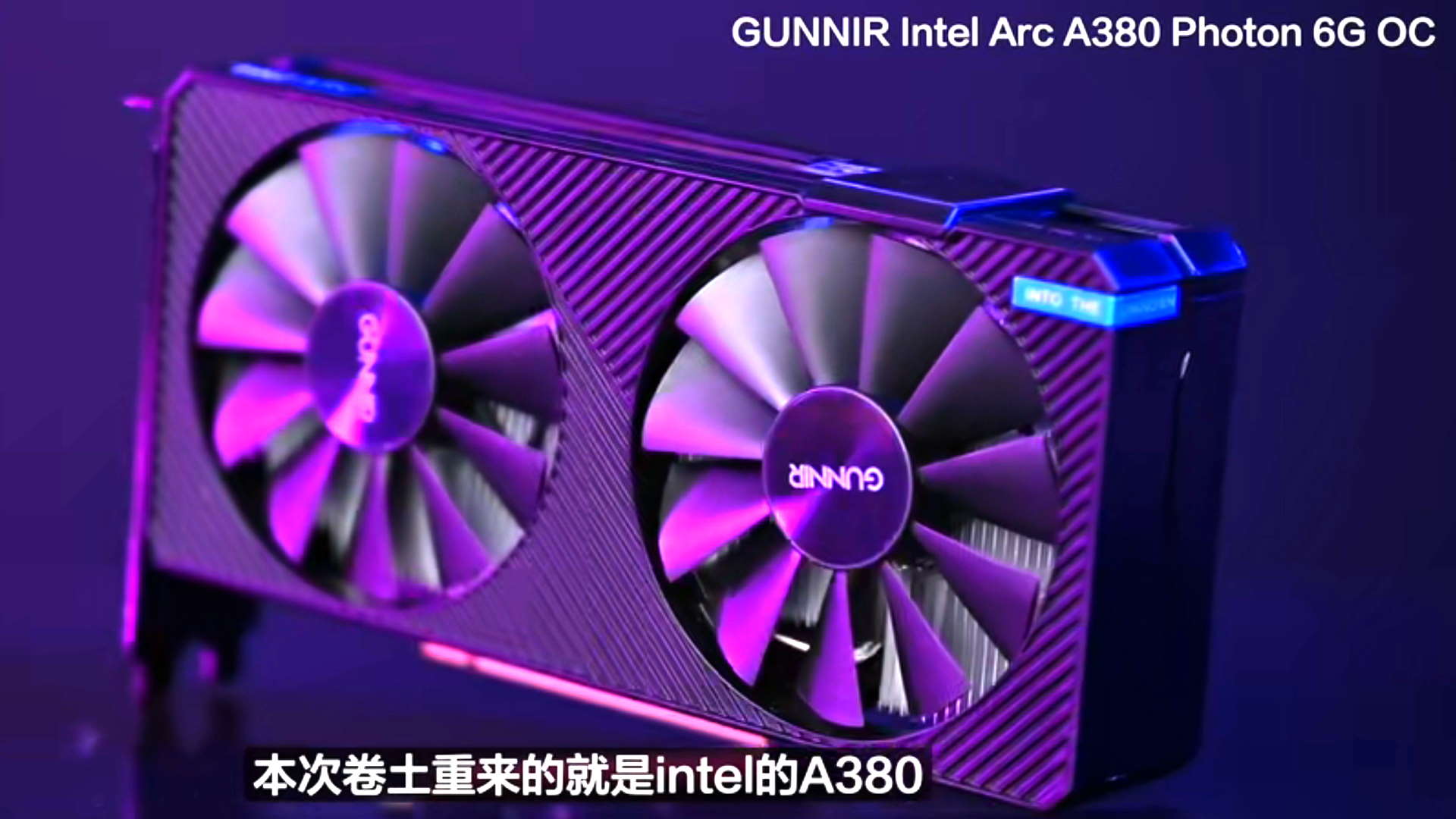Will Intel kill its GPU business? I doubt it but I also don't like the odds
"... it’s a 50–50 guess whether Intel will wind things down and get out."

Will Intel end its torment by shuttering its graphics card business? It could be a 50/50 decision, says popular semiconductor analyst Jon Peddie, as the company has been looking to be rid of dead weight.
"Should Intel dump its AXG group? Probably," says Peddie.
"Intel is now facing a much stronger AMD and Nvidia, plus six start-ups—the rules of engagement have dramatically changed while Intel sunk money into projects it can’t seem to get off the ground."
It's true that Intel has likely been facing a launch far worse than it had ever imagined for Intel Arc. The first generation of Alchemist gaming GPUs especially. The first wave of discrete Alchemist cards has failed to reach a worldwide market so far in 2022, and performance issues have turned Intel's most recent launch headache into a migraine.
The group responsible for Intel's GPU development, the Accelerated Computing Systems and Graphics Group (AXG), reported a loss of $507 million in the previous three months, markedly more than its Q1 losses of $168 million.
That's not a tremendous amount of money to a goliath like Intel, though it is awfully poor timing. Intel posted a rare loss of $500M this last quarter.
Combine that with the competitiveness of both Nvidia and AMD with their most recent generations of GPUs, and that they're both looking to crank the generational handle once more with new architectures likely in the next six months or so, Intel is at risk of falling even further behind in graphics before it's even really got going.
Keep up to date with the most important stories and the best deals, as picked by the PC Gamer team.
Since Gelsinger’s return, Intel has dumped six businesses.
Jon Peddie
"... it’s a 50–50 guess whether Intel will wind things down and get out. If they don’t, the company is facing years of losses as it tries to punch its way into an unfriendly and unforgiving market."
Intel invested in many new ventures and technologies over the course of the previous decade, including venturing into GPUs, SSDs, security, memory, automotives, and even drones. However, few have survived the chop as it tightens its belt.
Intel began to step away from 3D XPoint memory technology, core to its Optane business, when it sold its share of the manufacturing facilities required to make it to its partner Micron. Micron later sold off this facility to Texas Instruments, citing low demand, and Intel finally backed out of memory (seemingly for good) last month.
"I never want to be in memory, you see I'm doing everything I can to exit our memory businesses in that regard," Intel CEO Gelsinger said to an analyst earlier this year.

Intel sold its NAND SSD business to Korean memory and storage giant SK Hynix last year. However, it won't be fully rid of it until 2025.
Intel-owned security company McAfee went public in 2020 and was later sold off to an investment firm in 2021. Its drone business is gone, its sports business is also kaput.
As for the automotive AI business Mobileye, Intel intends to take that public, though retain a majority stake.
"Since Gelsinger’s return, Intel has dumped six businesses, saving $1.5 billion in operating costs and loses," Peddie says.
So where does that leave its loss-making AXG group? I'm in the camp that Intel still sees the value in offering its own graphics acceleration. There's clearly a lot of money to be made if you can bring GPUs successfully into the datacentre en masse.
Intel and Nvidia both offer datacentre technologies on a massive scale, and both companies failed to hit their targets for the previous quarter. However, while Intel's datacentre business was down 16% year over year during that period, Nvidia's was up 61%.

Best CPU for gaming: The top chips from Intel and AMD
Best gaming motherboard: The right boards
Best graphics card: Your perfect pixel-pusher awaits
Best SSD for gaming: Get into the game ahead of the rest
That's not all down to the adoption of GPUs in the datacentre—Intel has also struggled to get its Sapphire Rapids server chips out the door and that will lead to much slower growth as businesses hold off on large-scale upgrades. Yet there's clearly a demand in the datacentre for accelerated computing—AI and machine learning a big part of that—which Intel will not want to give up without a fight.
Whether gaming remains in the roadmap, I'm not so sure. I'd like to think it will stick around, however, if only because it'd be a mighty disruptor to AMD and Nvidia, which is great for the GPU race and us, the customers.
There are also some major launches waiting in the wings, too. Ponte Vecchio, Meteor Lake, Falcon Shores… Intel has been focusing on chiplet-based architectures (which it calls Tiles) across its portfolio of products—it won't be easy to pull the plug on AXG without going all the way back to the drawing board.

Jacob earned his first byline writing for his own tech blog. From there, he graduated to professionally breaking things as hardware writer at PCGamesN, and would go on to run the team as hardware editor. He joined PC Gamer's top staff as senior hardware editor before becoming managing editor of the hardware team, and you'll now find him reporting on the latest developments in the technology and gaming industries and testing the newest PC components.

